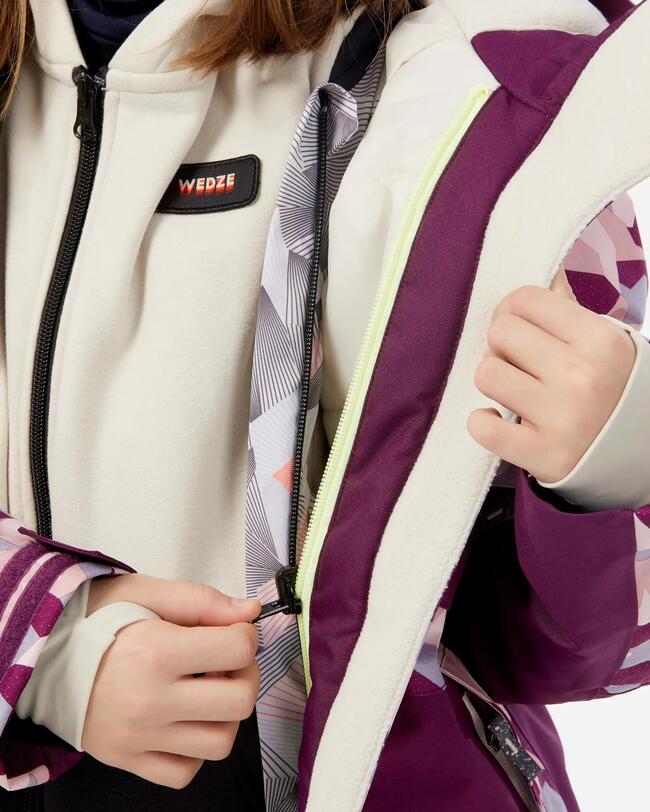Total compatibility, extra protection
Compatible with ZIPROTEC technology for extra protection.

Total compatibility, extra protection
Compatible with ZIPROTEC technology for extra protection.

Never get cold
With quilted filling and fleece lining, this jacket will guarantee a warm ride for your kid.

Protected from the snow
The cuffs have thumb holes and the snow skirt stops snow getting in, keeping you warm and dry.

Total compatibility, extra protection
Compatible with ZIPROTEC technology for extra protection.

Never get cold
With quilted filling and fleece lining, this jacket will guarantee a warm ride for your kid.

Protected from the snow
The cuffs have thumb holes and the snow skirt stops snow getting in, keeping you warm and dry.

Total compatibility, extra protection
Compatible with ZIPROTEC technology for extra protection.

Never get cold
With quilted filling and fleece lining, this jacket will guarantee a warm ride for your kid.

Protected from the snow
The cuffs have thumb holes and the snow skirt stops snow getting in, keeping you warm and dry.
| level of practice | intermediate |
| frequency | regular |
| fit | loose |
| zip type | full zip |
| snow skirt | with snow skirt |
| waterproof | waterproof |
| hood | with hood |
| inside pocket, ski pass pocket/sleeve, zip closed pocket, with pocket, flask pocket | |
| main material | polyester |
| style | printed |
| ventilation system | without ventilation |
| mm H2O (Schmerbers) | 10,000 mm |
| type of length | long |
| windproof | windproof |
| season | winter |
| sleeves length | long sleeves |
| type of waterproofing | coating |
| RECCO system | without integrated RECCO system |
| thumb pass | with thumb pass |
| type of hood | helmet-compatible hood |
| reinforced area | elbow reinforcement, side of the jacket, lower back |
Main fabric - Outer layer: 100.0% Polyester |
Main fabric: 100.0% Polyester |
Filling: 100.0% Polyester |
Lining: 100.0% Polyester |
Coating: 100.0% Polyurethane |
Cuff: 20.0% Elastane, 80.0% Polyamide |
Do not dry clean.
Drying in tumble dryer possible. Low temperature, maximum drum exhaust temperature 60°C.
Do not iron.
Maximum wash temperature of 30°C. Very moderate treatment.
Bleaching excluded.
| Raw material | 89.378% |
| Manufacturing | 1.76% |
| Packaging | 0.696% |
| Distribution | 3.647% |
| Use | 3.831% |
| End of life | 0.687% |
It is calculated by modelling the life cycle of the product following the recommendations of the PEF methodology (Product Environmental Footprint). This carbon footprint is an estimate. It may therefore be slightly overvalued or undervalued. Learn more
Using recycled polyester rather than conventional polyester reduces the CO2 emissions linked to the material by at least 16%.